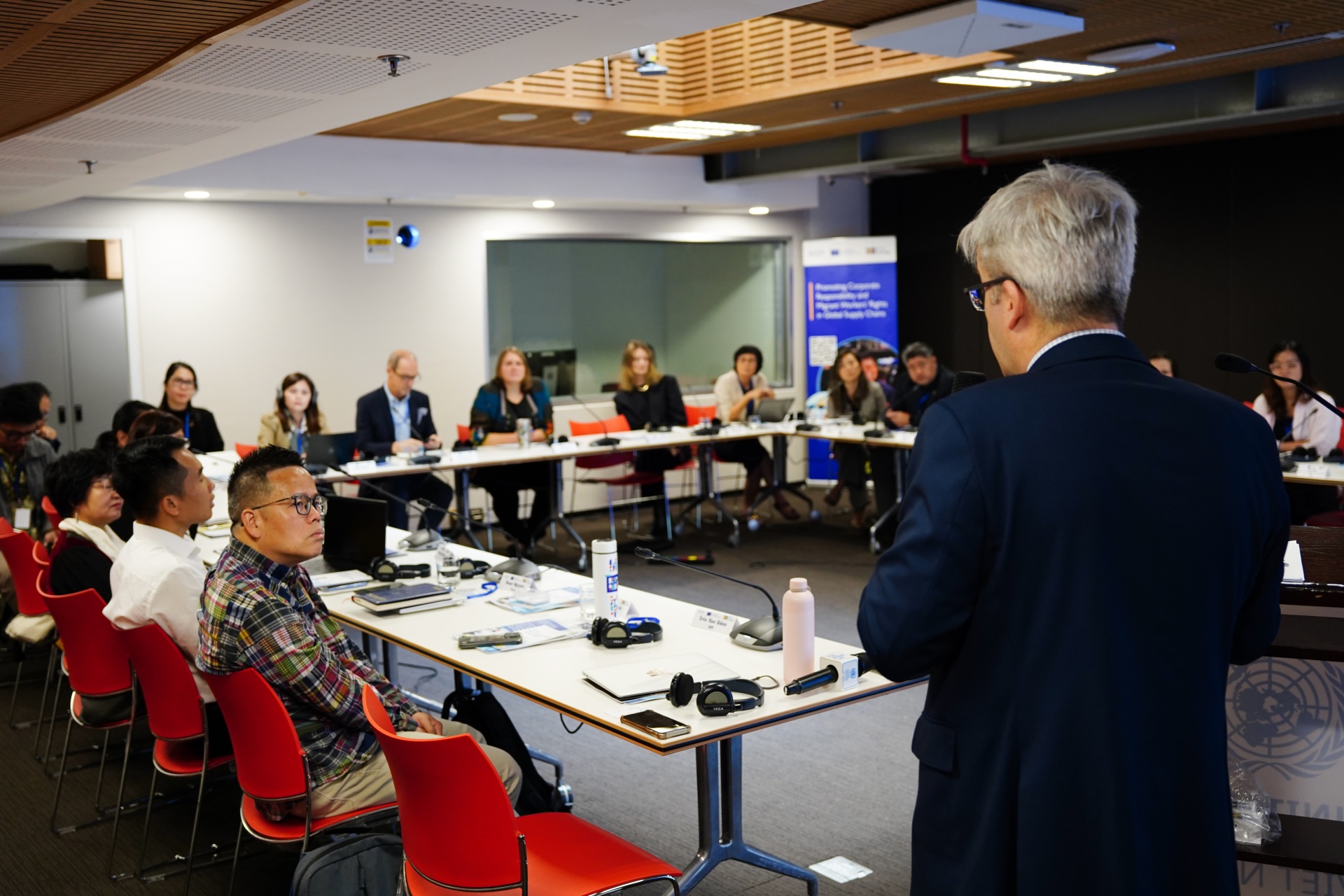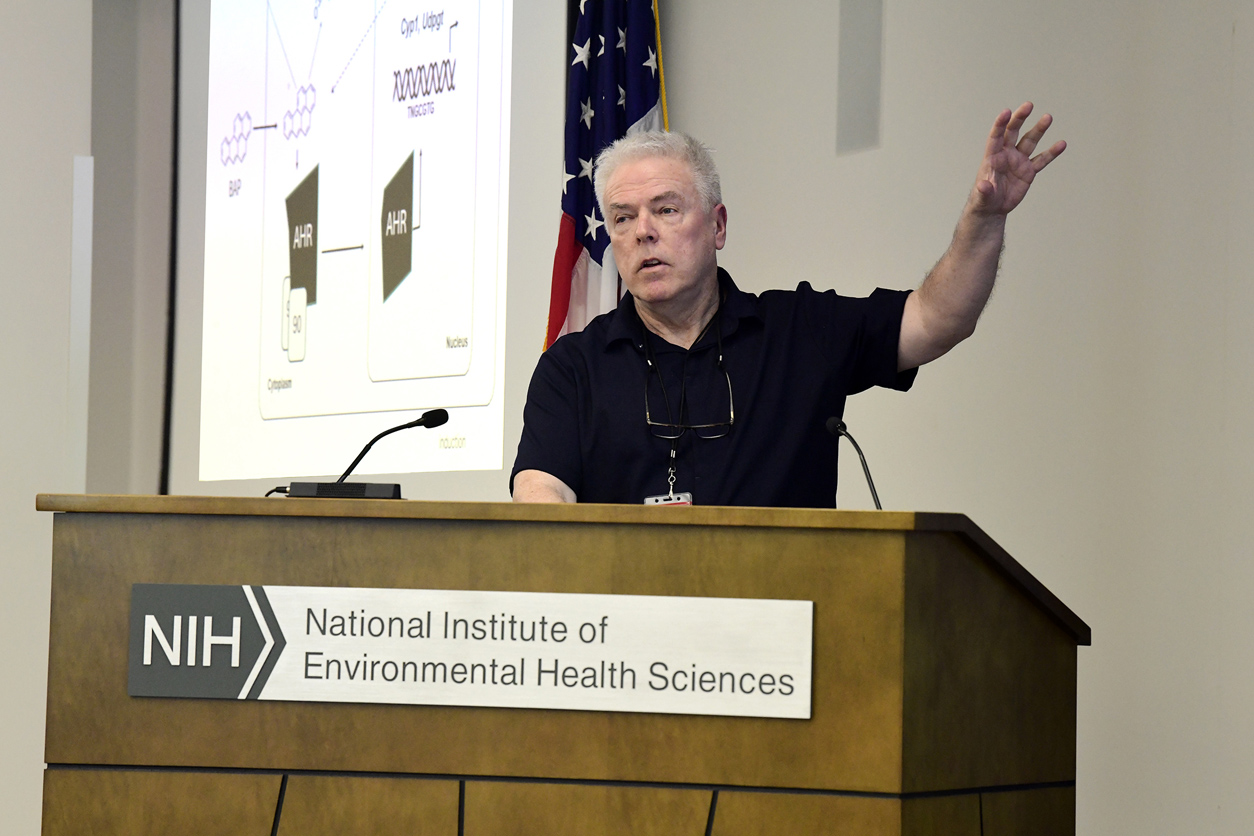FAA Finalizes Its Environmental Assessment for Port of Seattle’s Sustainable Airport Master Plan – portseattle.org

Report on FAA Approval for Seattle-Tacoma International Airport’s Sustainable Airport Master Plan
Executive Summary
The Port of Seattle has received formal approval from the Federal Aviation Administration (FAA) for its Sustainable Airport Master Plan (SAMP) Near-Term Projects (NTPs) at Seattle-Tacoma International Airport (SEA). The FAA issued a Final Environmental Assessment (EA) and a Finding of No Significant Impact/Record of Decision (FONSI/ROD), concluding that the proposed developments align with the National Environmental Policy Act of 1969 and will not significantly impact the environment. This approval marks a critical step in developing resilient infrastructure designed to support regional economic growth and community well-being, directly contributing to several United Nations Sustainable Development Goals (SDGs).
Alignment with Sustainable Development Goals (SDGs)
The SAMP NTPs are fundamentally aligned with a global commitment to sustainable development. The project’s design, regulatory oversight, and planned community investments demonstrate a strong contribution to the following SDGs:
- SDG 9: Industry, Innovation, and Infrastructure: The SAMP serves as a blueprint for building resilient, sustainable, and reliable infrastructure. By improving efficiency, safety, and capacity within the airport’s existing footprint, the project fosters innovation and upgrades regional infrastructure to meet future economic and social demands.
- SDG 11: Sustainable Cities and Communities: A key outcome of the FAA’s review is a mandate for a $40 million investment in surface transportation improvements. This investment in 26 local intersections directly enhances community safety and sustainability. Furthermore, the project’s commitment to a transparent public review process, including the upcoming State Environmental Policy Act (SEPA) review, promotes inclusive and participatory planning.
- SDG 8: Decent Work and Economic Growth: By expanding airport capacity to meet current and future demand, the project supports the region’s economic vitality and quality of life. These investments are crucial for maintaining SEA as an economic engine that fosters sustained and inclusive economic growth.
- SDG 17: Partnerships for the Goals: The successful completion of the federal environmental review demonstrates an effective partnership between a local public agency (Port of Seattle) and a national regulatory body (FAA). The ongoing engagement with the public and local communities further strengthens this multi-stakeholder approach to achieving sustainable development.
Project Overview and Regulatory Findings
The SAMP is a strategic framework guiding future development at SEA to address critical operational needs. The FAA’s environmental review confirmed that the 31 proposed NTPs will not have a significant environmental impact. The plan is designed to address five key areas of need:
- Passenger terminal capacity
- Air cargo capacity
- Aircraft delays
- Aircraft fuel storage
- Compliance with FAA airfield standards
Key Conditions and Community Investments
The FAA’s approval includes 17 findings that the Port of Seattle must address during the design, construction, and operation phases. A significant new condition requires the Port to invest approximately $40 million in surface transportation improvements at 26 local intersections. This investment is a direct contribution to enhancing local community infrastructure and aligns with the principles of SDG 11 by making transportation systems safer and more sustainable.
Next Steps and Public Engagement
With federal approval secured, the 31 projects will now undergo a State Environmental Policy Act (SEPA) review led by the Port of Seattle. This process will include extensive public input to ensure community alignment and transparency, reinforcing the project’s commitment to SDG 11 and SDG 17. Key engagement opportunities include:
- Public Webinar: A facilitated webinar to review the FAA’s Record of Decision and outline next steps will be held on Wednesday, October 8, 2025, at 6:00 p.m.
- Port Commission Briefings: Formal briefings will occur on Tuesday, October 14, 2025, and Tuesday, October 28, 2025, with options for hybrid and in-person public testimony.
- SEPA Public Comment Period: Public open houses for comment on the draft SEPA environmental impact statement are anticipated in 2026.
Public Access to Documentation
Physical copies of the FONSI/ROD and Final EA are available for public review during regular business hours through November 25, 2025, at the following locations:
- Seattle-Tacoma International Airport Office
- Port of Seattle headquarters at Pier 69
- Burien Library
- Des Moines Library
- Federal Way 320th Library
- SeaTac Valley View Library
- White Center Library
- Tukwila Library
- Vashon Library
Analysis of Sustainable Development Goals in the Article
1. Which SDGs are addressed or connected to the issues highlighted in the article?
The article on the Port of Seattle’s Sustainable Airport Master Plan (SAMP) for Seattle-Tacoma International Airport (SEA) connects to several Sustainable Development Goals (SDGs) through its focus on infrastructure development, environmental sustainability, economic impact, and community engagement.
- SDG 9: Industry, Innovation and Infrastructure: The core of the article is the plan to develop and upgrade major infrastructure (the airport) to meet future demand and improve efficiency and safety.
- SDG 11: Sustainable Cities and Communities: The project directly impacts the surrounding urban environment and communities. The plan includes measures to improve local transportation infrastructure and involves a public review process, which are key components of sustainable urban development.
- SDG 8: Decent Work and Economic Growth: The article explicitly states that the airport is “an important part of our region’s quality of life and economic vitality,” linking the infrastructure investment directly to regional economic health.
- SDG 17: Partnerships for the Goals: The entire approval and review process described involves collaboration between multiple entities, including a public authority (Port of Seattle), a federal agency (FAA), and the public, highlighting the importance of partnerships in achieving sustainable development.
2. What specific targets under those SDGs can be identified based on the article’s content?
Based on the information provided, the following specific SDG targets can be identified:
-
Target 9.1: Develop quality, reliable, sustainable and resilient infrastructure… to support economic development and human well-being.
- The article focuses on the “Sustainable Airport Master Plan (SAMP),” which is described as a “blueprint for future development” to improve the “efficiency and safety of SEA.” This directly aligns with the goal of developing sustainable and reliable infrastructure to support the region’s economy.
-
Target 11.2: By 2030, provide access to safe, affordable, accessible and sustainable transport systems for all, improving road safety…
- The FAA has mandated that the Port “make surface transportation improvements at 26 different intersections, an investment of about $40 million to enhance local communities.” This condition directly addresses the need to improve transport systems connected to the main infrastructure hub.
-
Target 8.2: Achieve higher levels of economic productivity through diversification, technological upgrading and innovation…
- The article states that the investments in the 31 Near-Term Projects are intended to “meet the demand we have today and that we know is coming in the next few years” and to “maintain a functioning and welcoming airport,” which is crucial for the “region’s… economic vitality.” Upgrading airport facilities is a direct investment in regional economic productivity.
-
Target 17.17: Encourage and promote effective public, public-private and civil society partnerships…
- The process described is a clear example of a multi-stakeholder partnership. It involves the Port of Seattle leading the project, the Federal Aviation Administration (FAA) conducting the environmental review, and a structured plan for public input through the State Environmental Policy Act (SEPA) review, including a “facilitated webinar” and “open house meetings for public comment.”
3. Are there any indicators mentioned or implied in the article that can be used to measure progress towards the identified targets?
Yes, the article mentions or implies several specific indicators that can be used to measure progress:
- For Target 9.1: The primary indicator is the number of infrastructure projects implemented. The article specifies the Port is proposing “31 NTPs (Near-Term Projects)” to improve the airport. Progress can be measured by the successful completion of these projects.
-
For Target 11.2: The article provides two clear quantitative indicators:
- The total investment in local transportation: “an investment of about $40 million.”
- The number of upgraded locations: “improvements at 26 different intersections.”
-
For Target 17.17: Progress can be measured by the completion of key partnership-based processes and the number of public engagement activities. The article mentions:
- The successful completion of the FAA’s “Final Environmental Assessment (EA) and a Finding of No Significant Impact/Record of Decision (FONSI/ROD).”
- The initiation and completion of the “State Environmental Policy Act (SEPA) review.”
- The number of public engagement events held, such as the planned “facilitated webinar” and future “in-person and virtual open house meetings.”
4. Summary Table of SDGs, Targets, and Indicators
| SDGs | Targets | Indicators |
|---|---|---|
| SDG 9: Industry, Innovation and Infrastructure | Target 9.1: Develop quality, reliable, sustainable and resilient infrastructure. | The implementation and completion of the 31 Near-Term Projects (NTPs) proposed in the Sustainable Airport Master Plan. |
| SDG 11: Sustainable Cities and Communities | Target 11.2: Provide access to safe, accessible and sustainable transport systems for all. | Investment of $40 million to make surface transportation improvements at 26 different intersections. |
| SDG 8: Decent Work and Economic Growth | Target 8.2: Achieve higher levels of economic productivity through technological upgrading. | Successful expansion of airport facilities to meet future demand and maintain the region’s “economic vitality.” |
| SDG 17: Partnerships for the Goals | Target 17.17: Encourage and promote effective public, public-private and civil society partnerships. | Completion of the FAA’s FONSI/ROD; execution of the state-level SEPA review; and holding of public engagement events like webinars and open houses. |
Source: portseattle.org

What is Your Reaction?
 Like
0
Like
0
 Dislike
0
Dislike
0
 Love
0
Love
0
 Funny
0
Funny
0
 Angry
0
Angry
0
 Sad
0
Sad
0
 Wow
0
Wow
0
















































/environment-climate-change-and-health-(ech)/water-sanitation-hygiene-and-health-(wsh)/landfill-tuvalu-36092.tmb-1200v.jpg?sfvrsn=5c21fe40_1#)

.jpg.webp?itok=0ZsAnae9#)

























